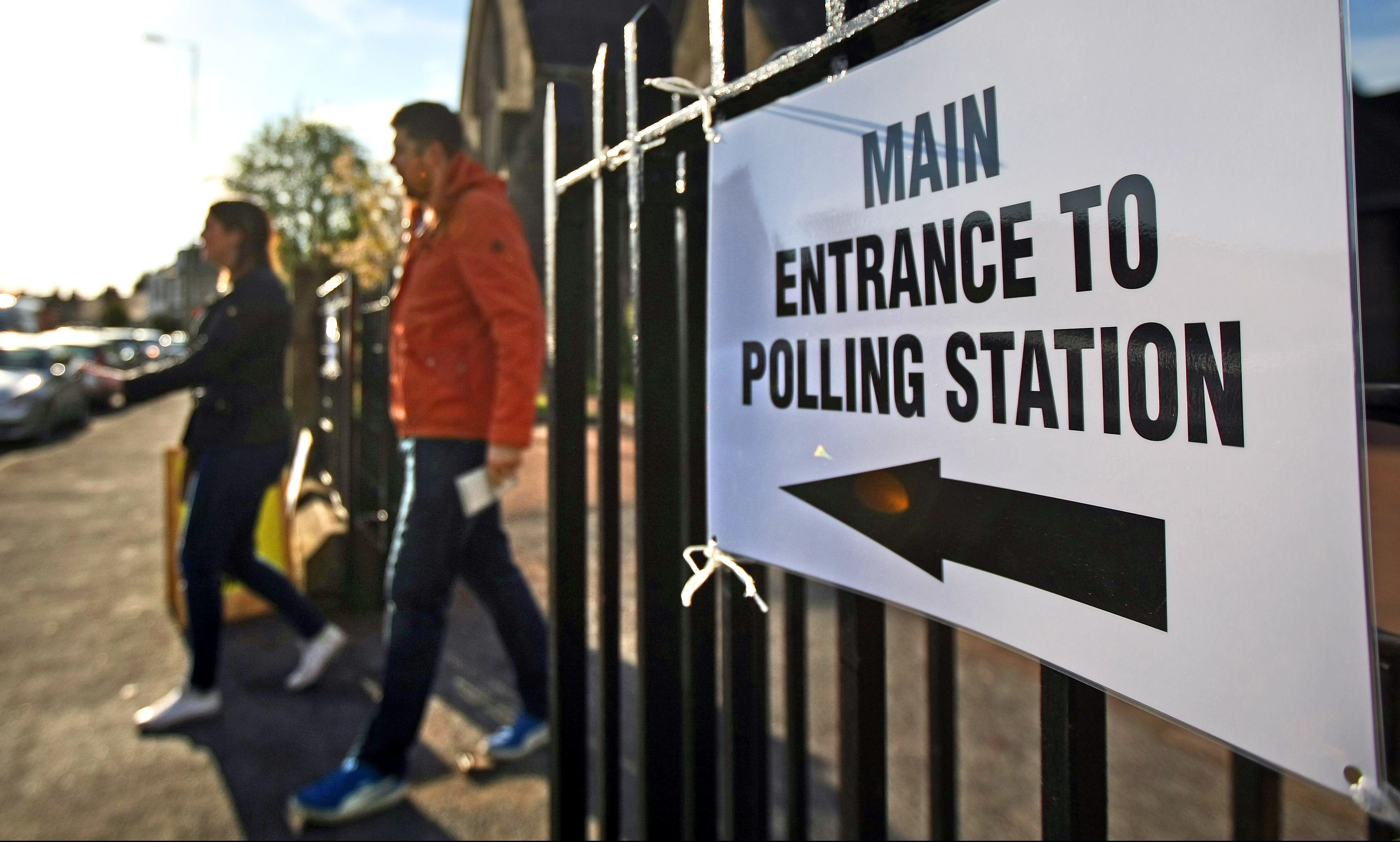A new poll published just eight days before the general election has people in quite the tizz.
YouGov’s constituency-by- constituency estimate for The Times says that, as things stand, the Conservatives will lose their majority in the House of Commons.
Given Theresa May called this snap vote to increase the leeway she has for rebellious backbenchers going rogue during Brexit negotiations, this should be enough to make the Prime Minister choke (lightly) on her cornflakes.
But beware. Here’s the key line from the story itself: “The projection allows for big variations, however, and suggests that the Tories could get as many as 345 seats on a good night, 15 more than at present, and as few as 274 seats on a bad night.”
Although this research will be rigorous, it simply cannot account for local variances.
Extrapolating seat numbers from popular vote share is a mug’s game (although we’ve all done it as part of our inherent thirst for information about elections, no matter how dubious) thanks to the first past the post voting system.
A party could clock up loads of votes but barely return any MPs thanks to that support being spread across the country rather than concentrated enough in areas to win individual battles.
Just ask Ukip, who clocked up almost 3.9 million votes in 2015 – more than the SNP and Liberal Democrats combined – and ended up with just a single representative in the Commons, who then quit the party. The SNP returned 56 MPs and the Lib Dems nine.
Even if it is wide of the mark, this new research reinforces one thing. All the momentum in this campaign is currently with Labour.
Is Jeremy Corbyn’s party coming from too far back to have a realistic chance of getting into government? Probably.
Is the man himself too divisive, within his own party’s traditional supporters never mind the country at large, to claim the keys to No 10? Again, probably.
Still, at least this is more of a contest than it looked just a few weeks ago.
It may be down to May and the Tories absolute shambles of a campaign rather than much to do with their opponents, but things are certainly now interesting. That’s not something many people expected to be saying at this stage of proceedings.
So what’s on north of the border? It’s a happy coincidence that two political leaders are in constituencies that are both in play and host Courier hustings this evening.
Nicola Sturgeon is heading to North East Fife and I’ve got an interview with the First Minister.
Later, I’ll be chairing our North East Fife debate, in association with St Andrews University. It’s a sell out but you can watch proceedings online here.
Scottish Conservative leader Ruth Davidson, meanwhile, will be in Angus with local candidate Kirstene Hair.
This seat has been SNP since it was created but Tory sources say it now has a chance of turning.
That is a marked change from a couple of weeks ago when the same people, with good knowledge of the campaign numbers, were saying the party had not chance.
Mike Weir, who is pretty well-respected locally, is still the favourite but it might be one to watch on election night.
Courier editor Richard Neville will be chairing a hustings, organised and hosted by St Andrews Church in Arbroath. It kicks off at 7.30pm.
Elsewhere, the Liberal Democrats are launching their manifesto, which will include pledges to protect universities from the potentially negative impact of Brexit.
Ukip is also launching its manifesto.










